This past week I was asked to collaborate on a seminar through the Gilder-Lehrman Institute of American History. Partnered with Tim Bailey, Director of Education at GLI, we led pedagogical sessions for twelve middle and high school public school teachers from Omaha, Nebraska. Our focus was on incorporating the use of primary sources in the classroom in discussion of our nation’s immigrant history. In addition to a tour of GLI’s massive collection of over 60,000 historical artifacts, the group went on an immigration themed walking tour of China town, Little Italy, and the Lower East side that concluded with a visit to the Tenement Museum. On the last day of the seminar we traveled to Ellis Island and Liberty Island.
We arrived on Ellis Island just before 10AM and were greeted by site volunteers, Tony and Andy. They took us into the great hall and up to the mezzanine for a presentation of the island’s history – from private land to immigration gateway to national park. In operation from 1892 to 1954, Ellis Island’s immigration station was the nation’s busiest port of entry. Some three to five thousand immigrants (perhaps as many as twelve million total) were processed at this site. Standing in the Great Hall registry room, the cacophony of foreign language tourists harkens back to a very different time and gave you a small sense of what it must have been like.
At the conclusion of their presentation, the volunteers lead our group beyond the reaches of most visitors – the long abandoned buildings on the south side of the island.
We exited the main Ellis Island building and walked along the ferry slip, past the Do Not Enter signs and along the original ferry landing point that was heavily damaged by floodwaters during Hurricane Sandy. The original ferry, left in the slip since 1954, had long been weathered and sunk at its mooring. In 2009, the hull and anchor were dredged from the waterway in a project to sure up the sea wall.
We entered through an unmarked door and were quickly inside a brick hallway at a fork – one way leading to the hospital laundry room and the other to the contagious disease ward. These enclosed pathways wind their way around the entire abandoned building complex, ensuring that immigrants and staff could travel from building to building without ever emerging into open air.
We arrived on Ellis Island just before 10AM and were greeted by site volunteers, Tony and Andy. They took us into the great hall and up to the mezzanine for a presentation of the island’s history – from private land to immigration gateway to national park. In operation from 1892 to 1954, Ellis Island’s immigration station was the nation’s busiest port of entry. Some three to five thousand immigrants (perhaps as many as twelve million total) were processed at this site. Standing in the Great Hall registry room, the cacophony of foreign language tourists harkens back to a very different time and gave you a small sense of what it must have been like.
At the conclusion of their presentation, the volunteers lead our group beyond the reaches of most visitors – the long abandoned buildings on the south side of the island.
We exited the main Ellis Island building and walked along the ferry slip, past the Do Not Enter signs and along the original ferry landing point that was heavily damaged by floodwaters during Hurricane Sandy. The original ferry, left in the slip since 1954, had long been weathered and sunk at its mooring. In 2009, the hull and anchor were dredged from the waterway in a project to sure up the sea wall.
We entered through an unmarked door and were quickly inside a brick hallway at a fork – one way leading to the hospital laundry room and the other to the contagious disease ward. These enclosed pathways wind their way around the entire abandoned building complex, ensuring that immigrants and staff could travel from building to building without ever emerging into open air.
We stopped in the hospital laundry room containing steam powered industrial washing machines and a drier. Down another hallway and through a set of rusting doors, we arrived in an outdoor courtyard at the center of the hospital facility.
Standing in the courtyard of the abandoned hospital complex gives you an uneasy feeling. Even in its peak operation years, 1902 to 1930, this must have been a harrowing experience for immigrants that had journeyed weeks in the steerage holds of ships for a chance at the American dream. As many as one in five immigrants were selected for special scrutiny and many of those would have ended up here – where I stood. Immigration agents and doctors were on the lookout for contagious diseases – trachoma and favus chief among them – or other debilitating conditions that would cause these immigrants to become “charges of the state” and therefore unworthy of admission.
Many of these buildings are in desperate shape. The grass is littered with bricks and metal from the structures. The old psychiatric ward’s rusty caged-in porch offers an eerie backdrop to the scenes of overgrown grass and newly applied art installations.
We were led to a building further down the campus and into the admissions and administrative offices building. From the offices we meandered down the maze-like corridors pitted with debris and sunlight towards the Tuberculosis Ward. We then stumbled upon the old ward library.
As we passed from the library, the window of the corridor offered a sliver of light and in the distance, an obscured Statue of Liberty. Throughout our exploration there were clear vistas of the city that many in the Ellis Island Immigration Hospital would never get to experience. To be able to see the Statue of Liberty and the impressive New York City skyline while enclosed in this labyrinth of brick and limestone must have been a heart-wrenching experience.
Further down the corridor were staff quarters and then we wound our way into the contagious disease ward.
We got to see the power plant of the hospital up close. It was a coal-fired system as evidenced from the oven doors. Then got a quick view of the morgue.
We emerged from the contagious disease ward and back onto the central quad of the hospital campus. To the south was the Statue of Liberty and to the North was the WTC and the downtown NYC skyline.
Save Ellis Island is trying to preserve these abandoned buildings on the island’s south side. In the 1990s, the buildings were cleaned and stabilized in hopes of further preservation. But the eerie backdrop of rusted metal and pitted brick and limestone has its own charm.
Our nation has always had a complicated history with immigration. In leaving Ellis Island’s south side I was impressed with a point of discussion:
These crumbing buildings – once a temporary home to wide-eyed 20th century immigrants – are perhaps a metaphor for the state of our current immigration system. Standing, rotted and unchanged for decades, without intervention and rehabilitation, it’s bound for collapse.
See more photographs of this tour at Junior Historians' Facebook page.
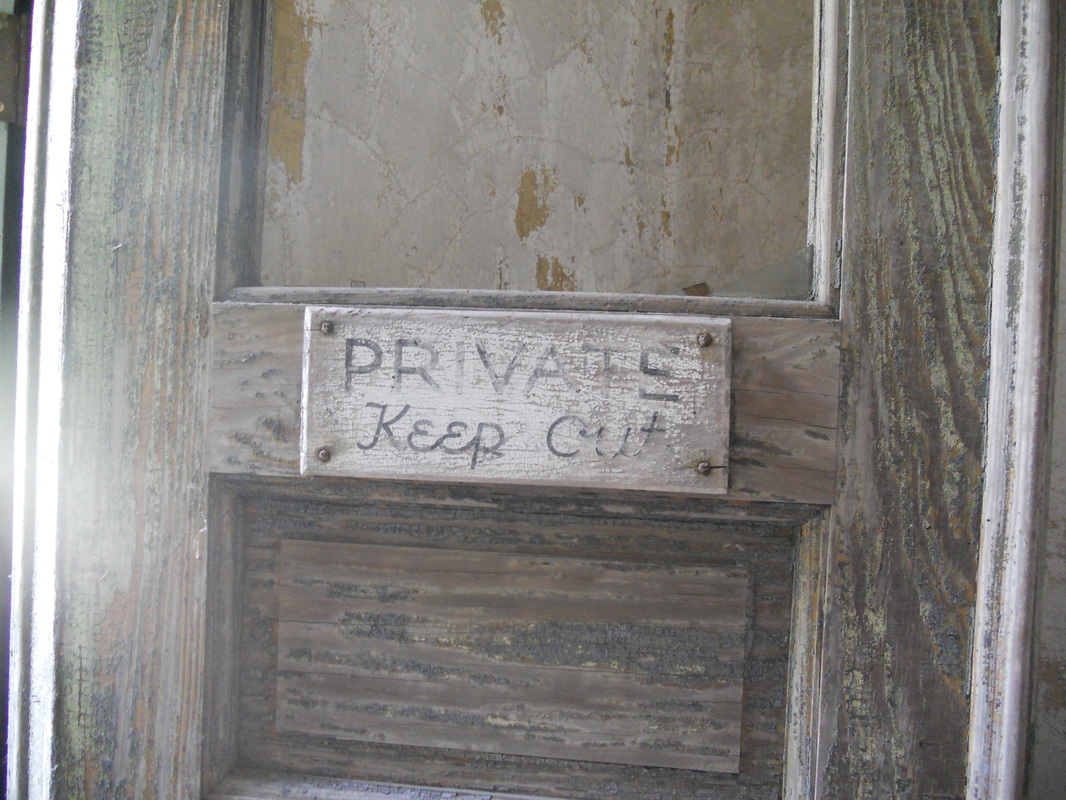
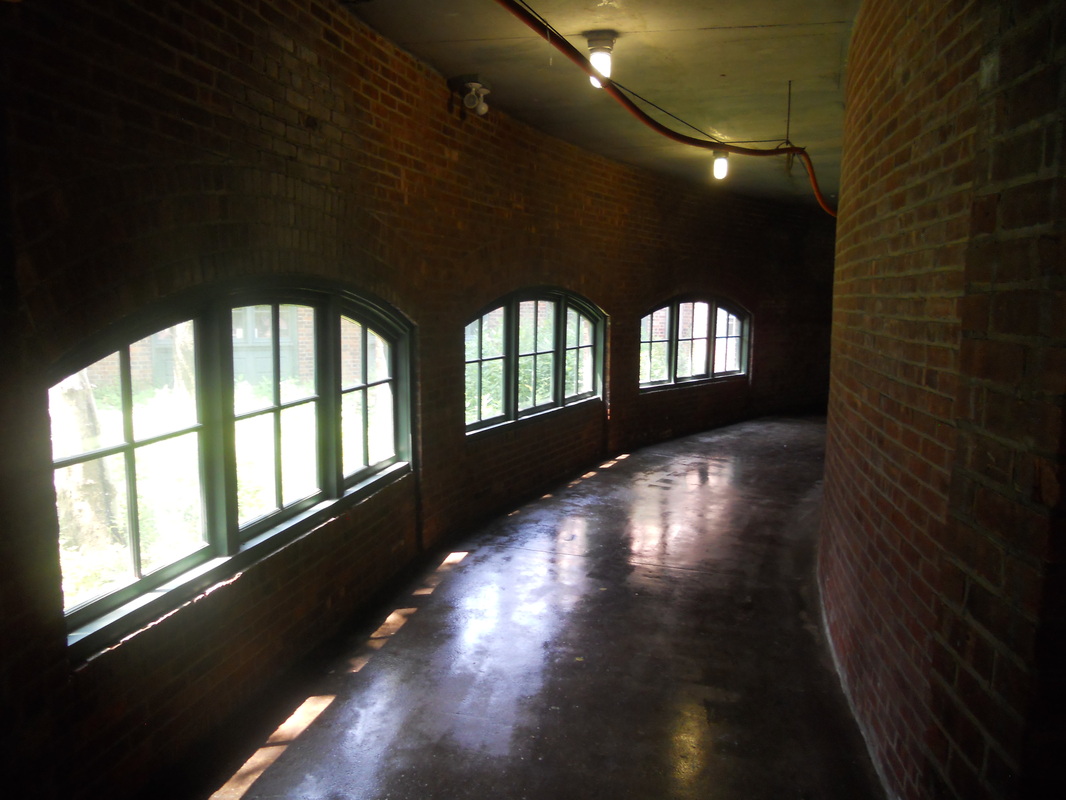
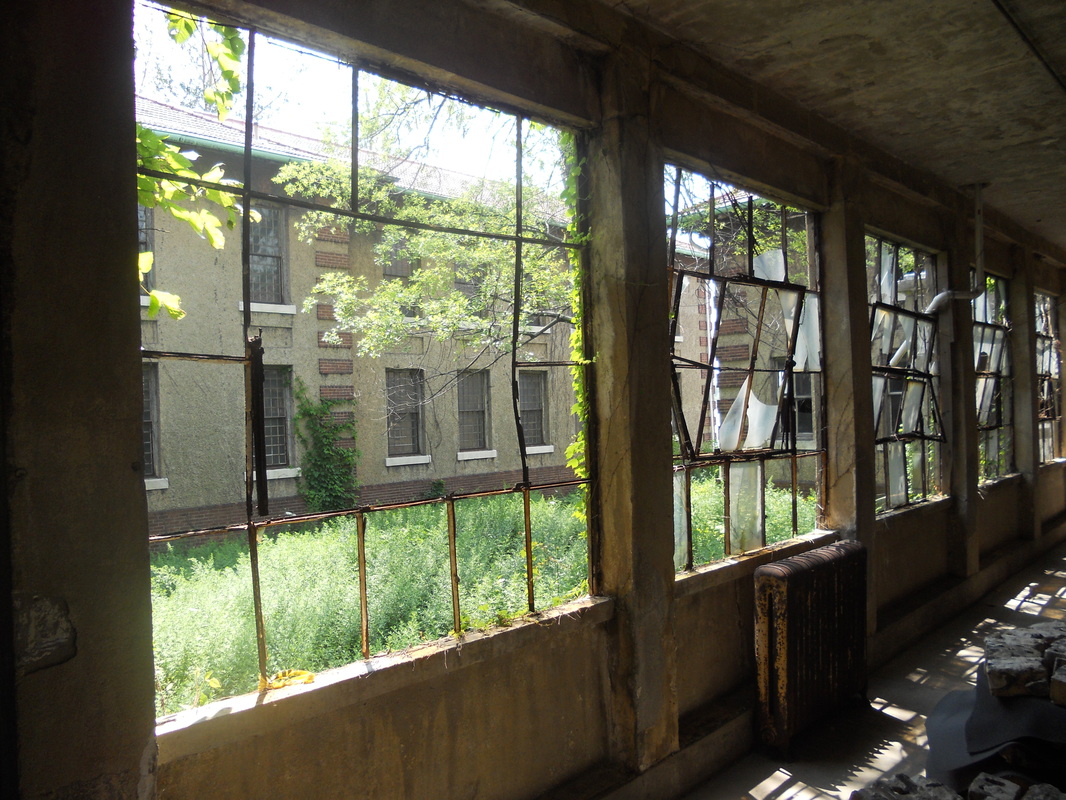
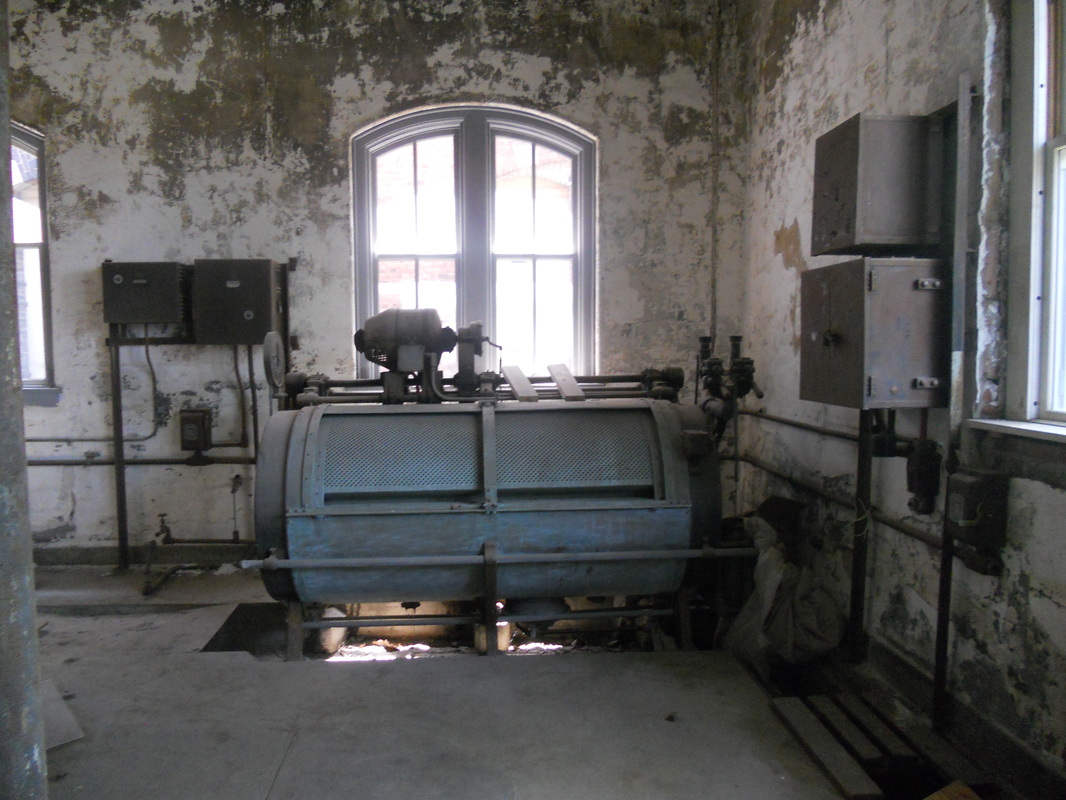
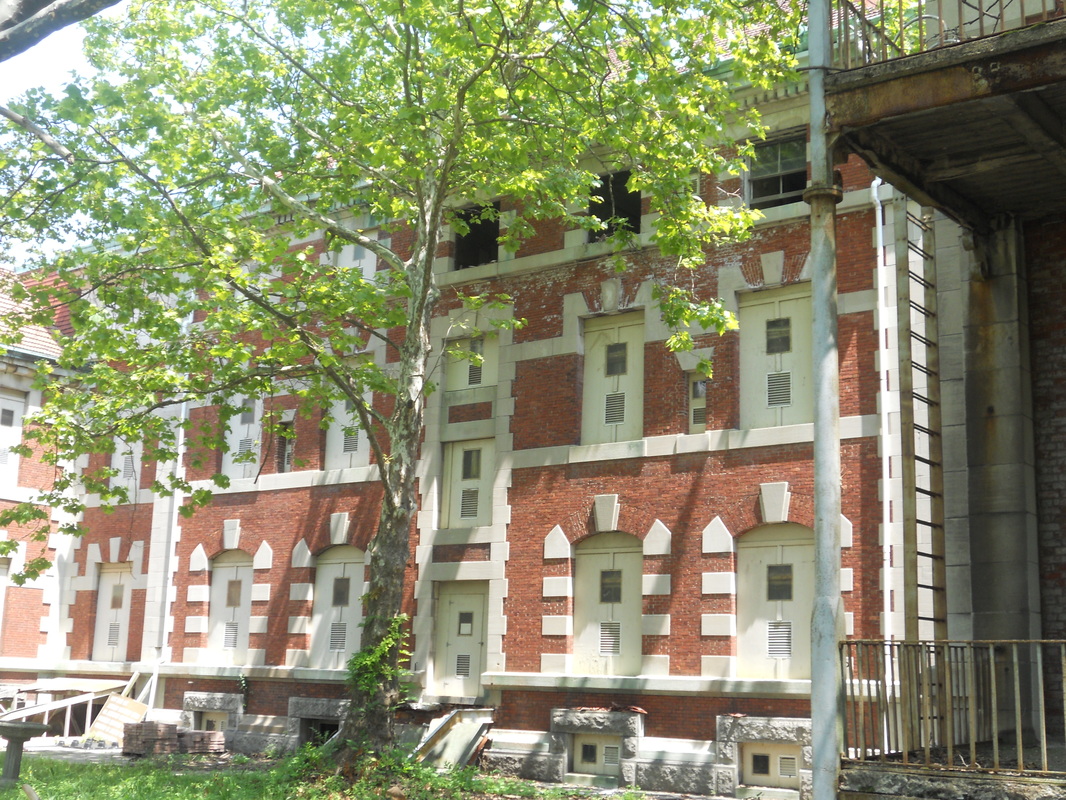
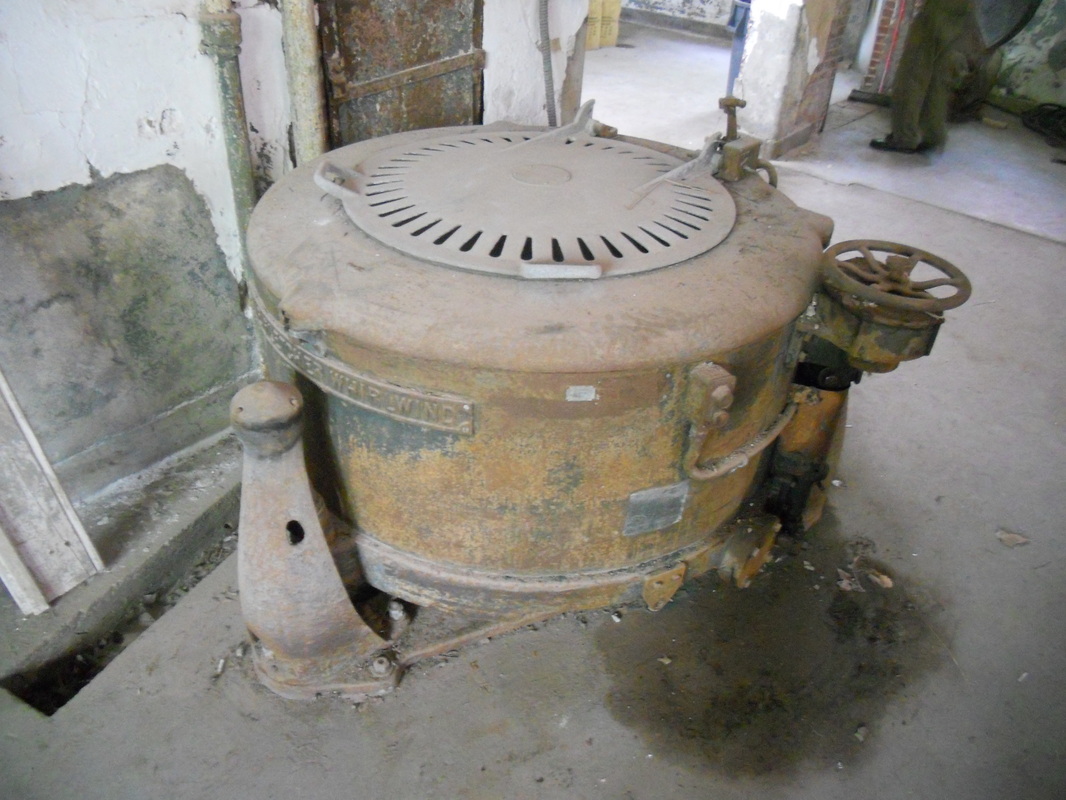
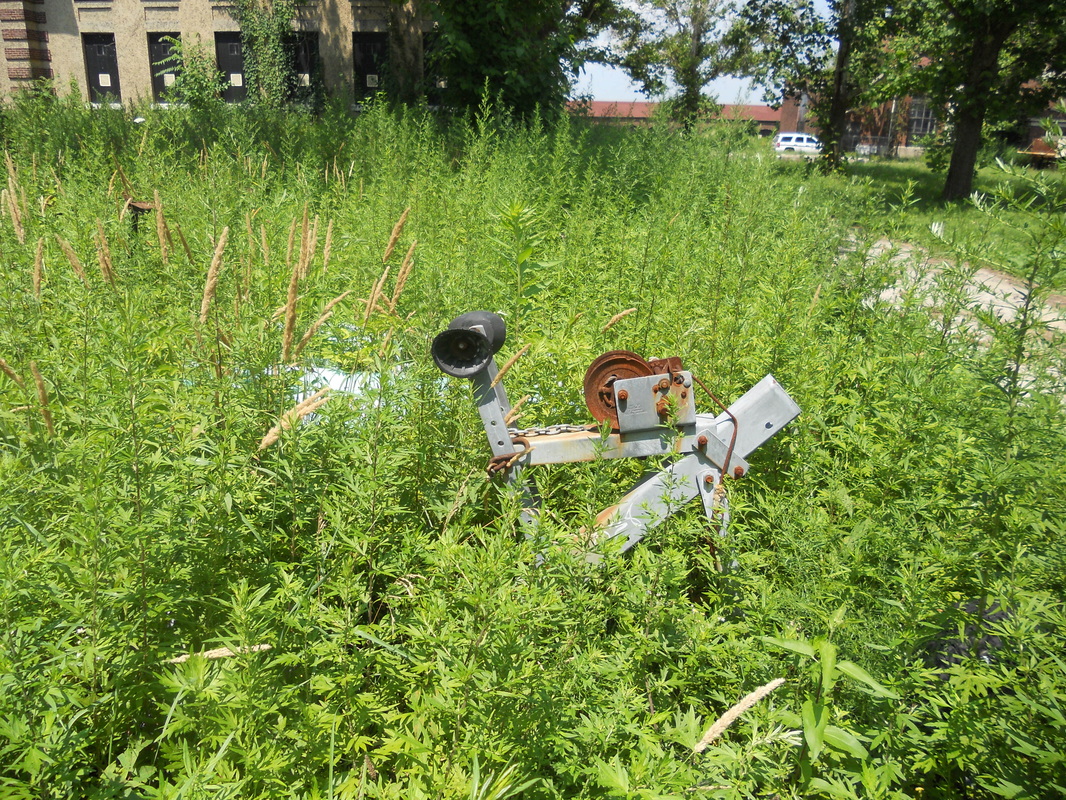
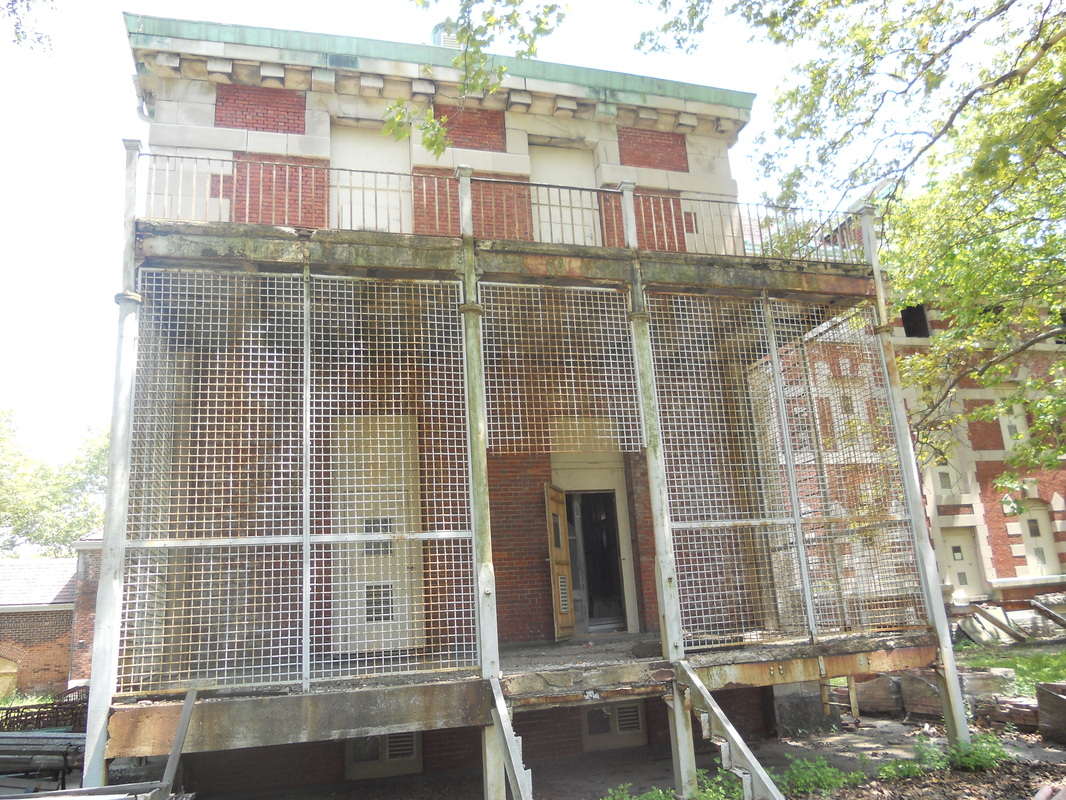
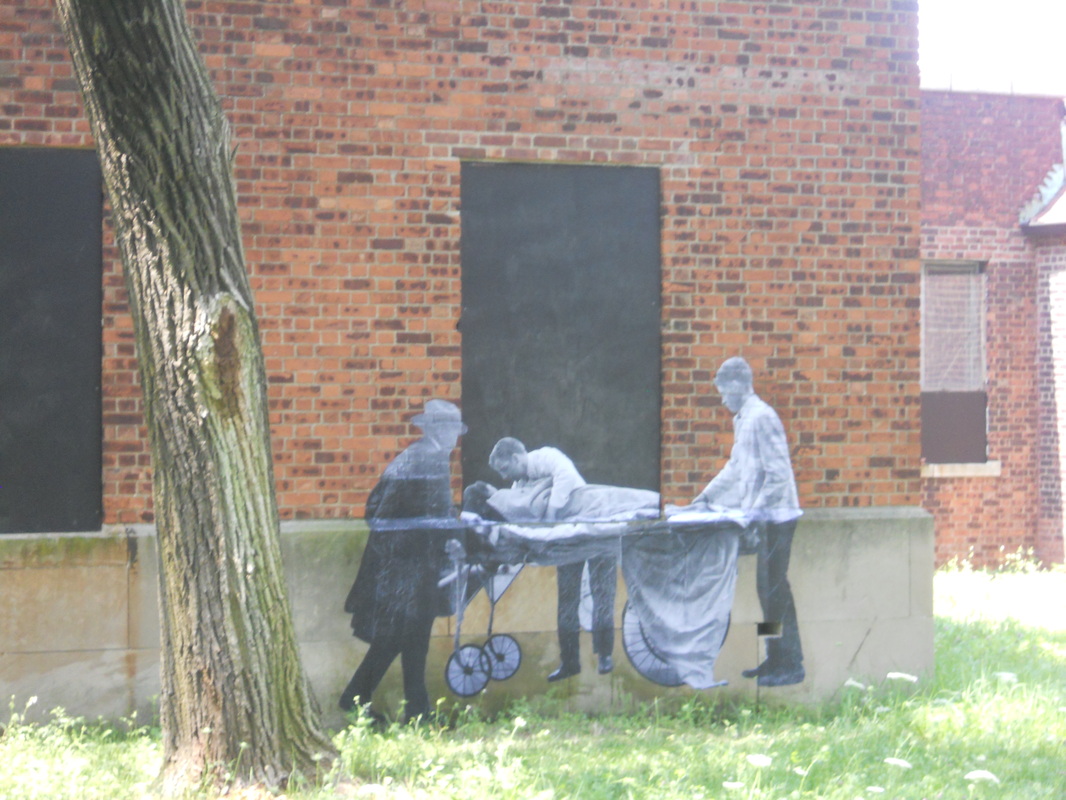
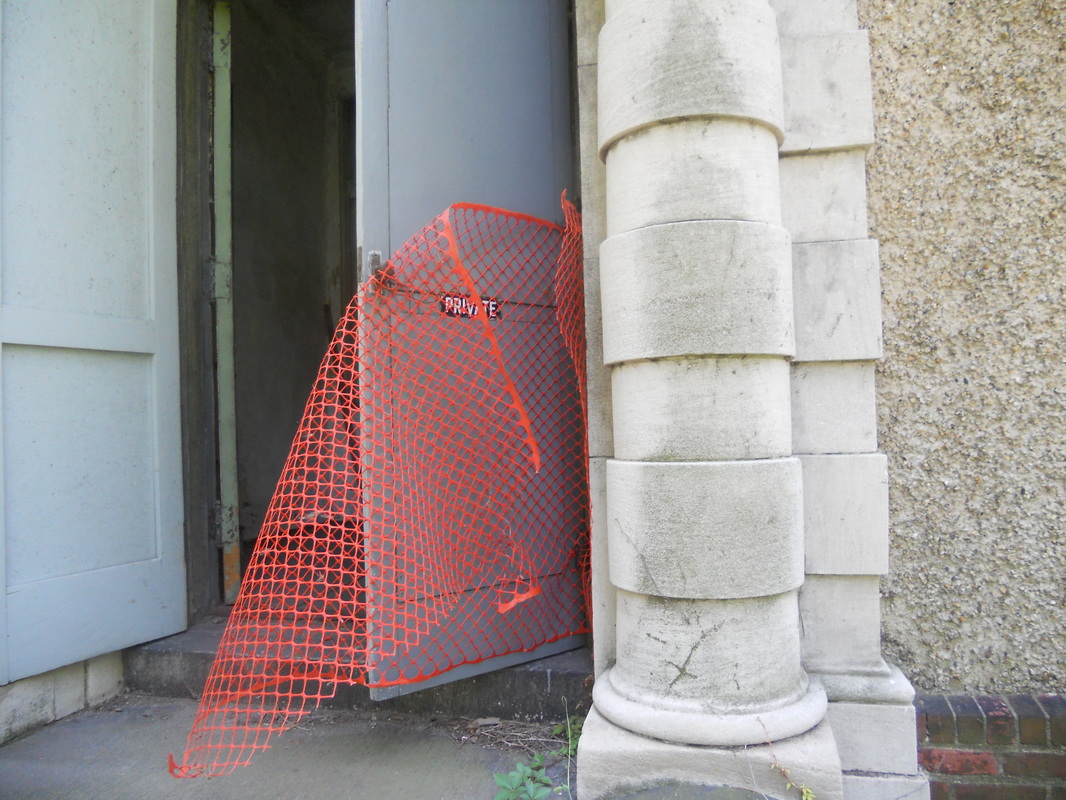
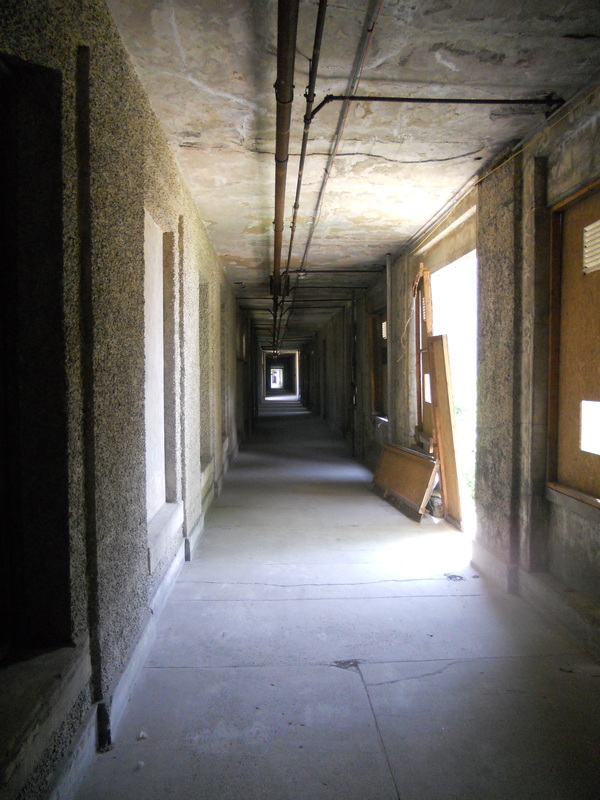
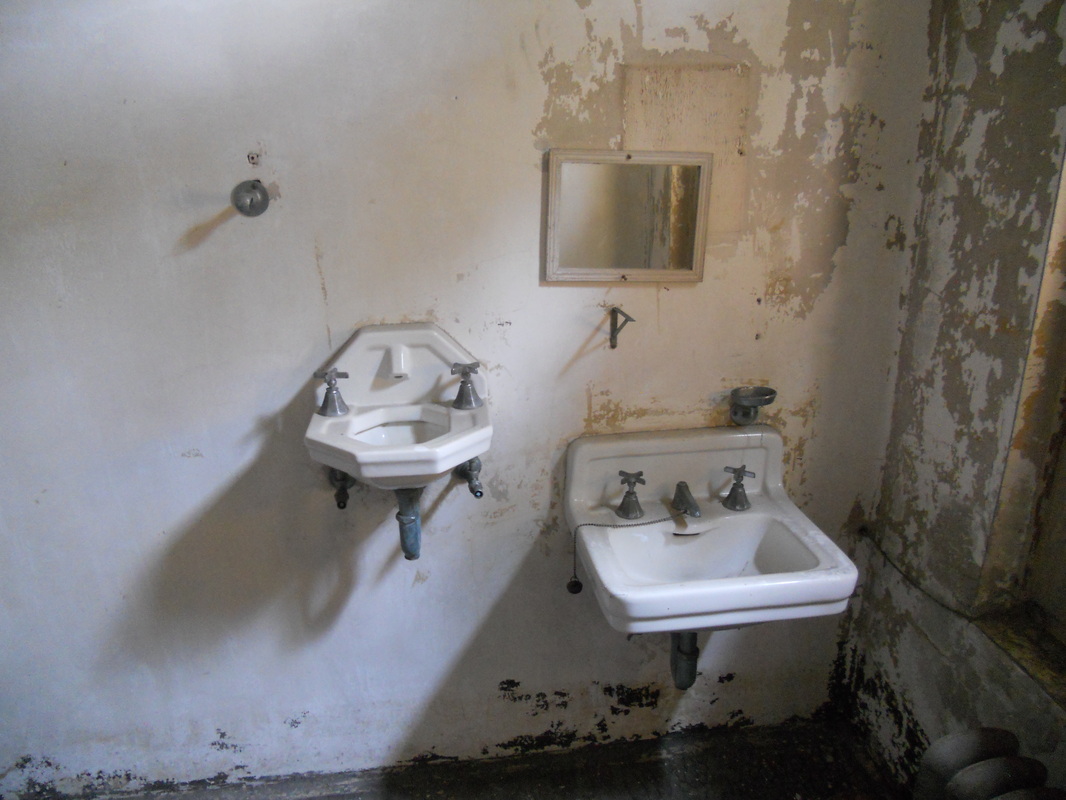
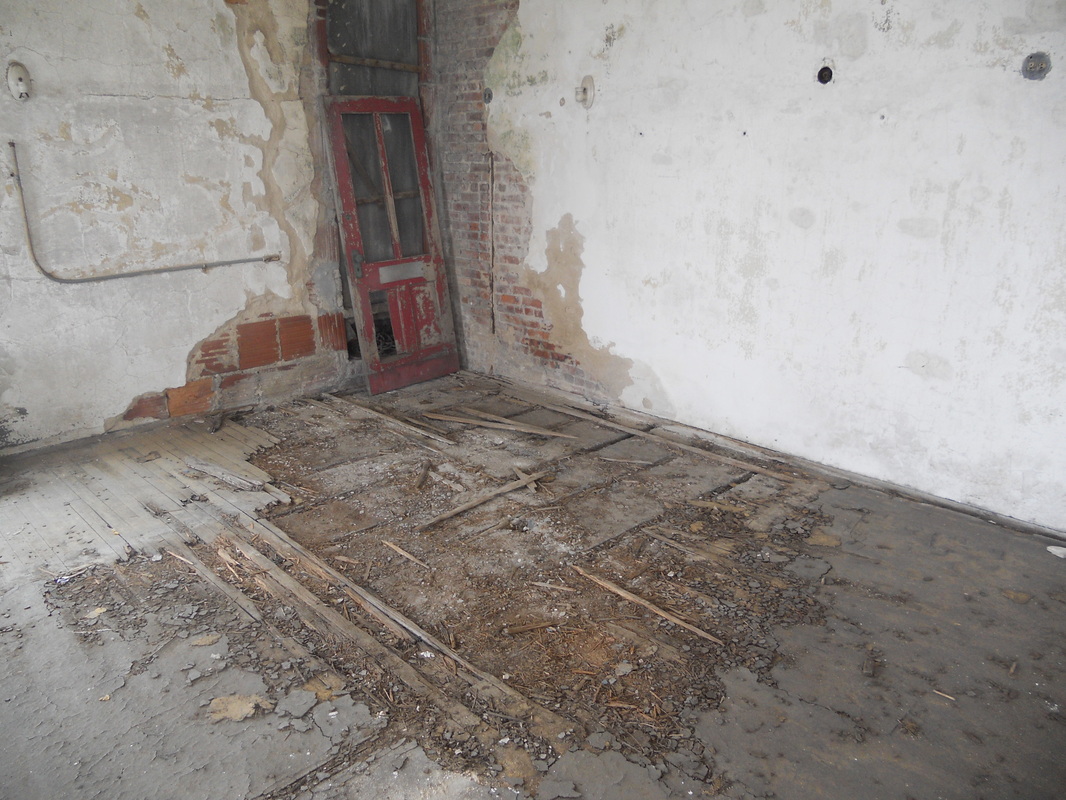
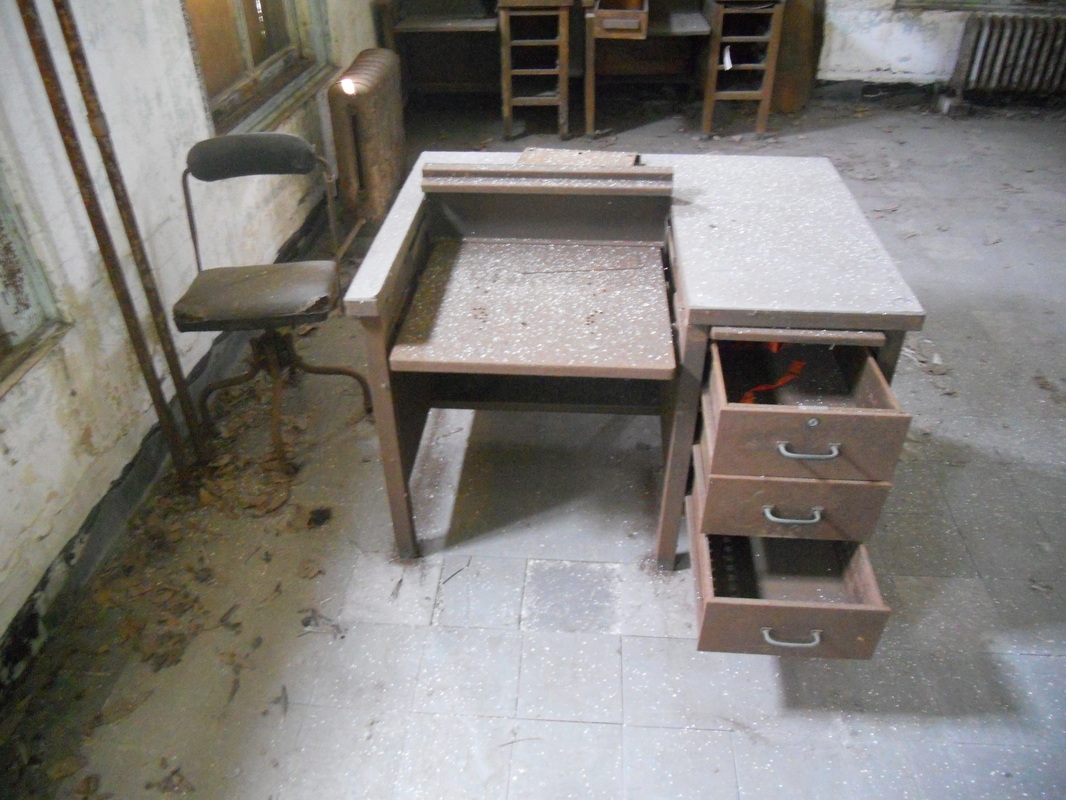
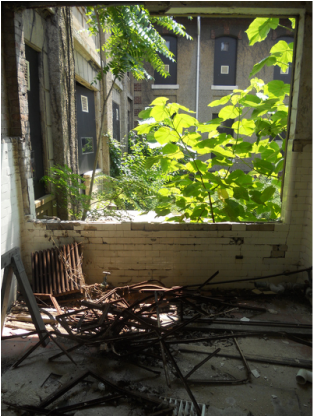
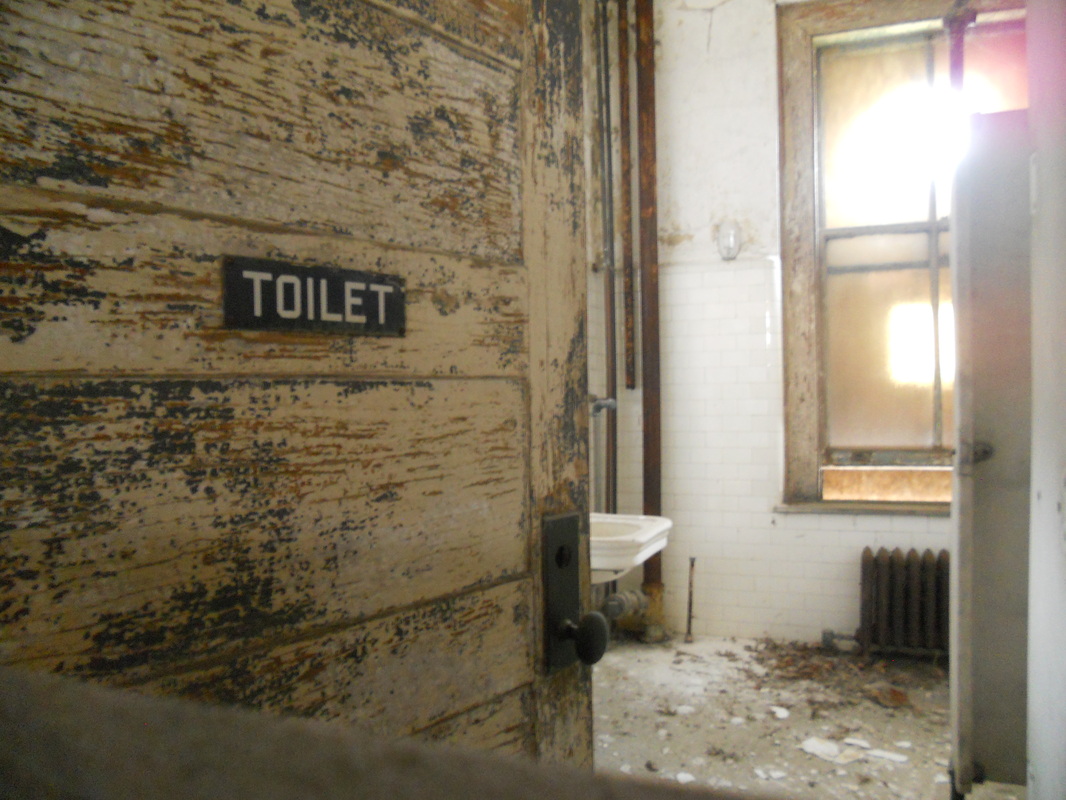
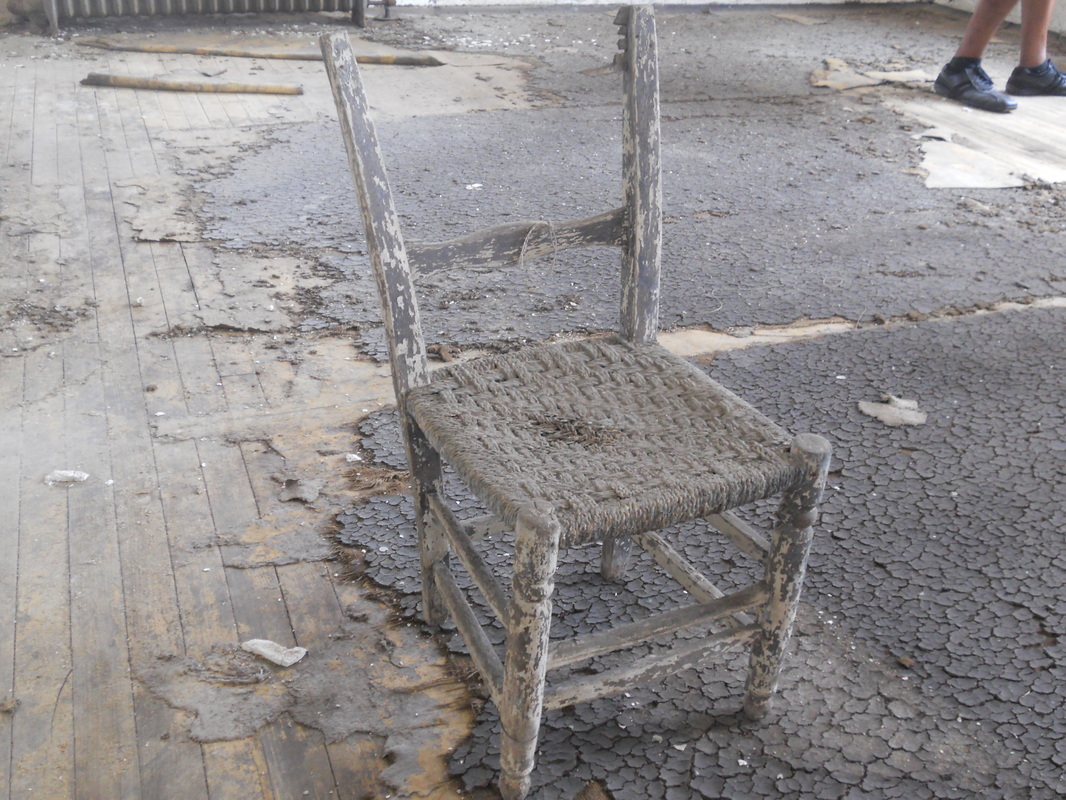
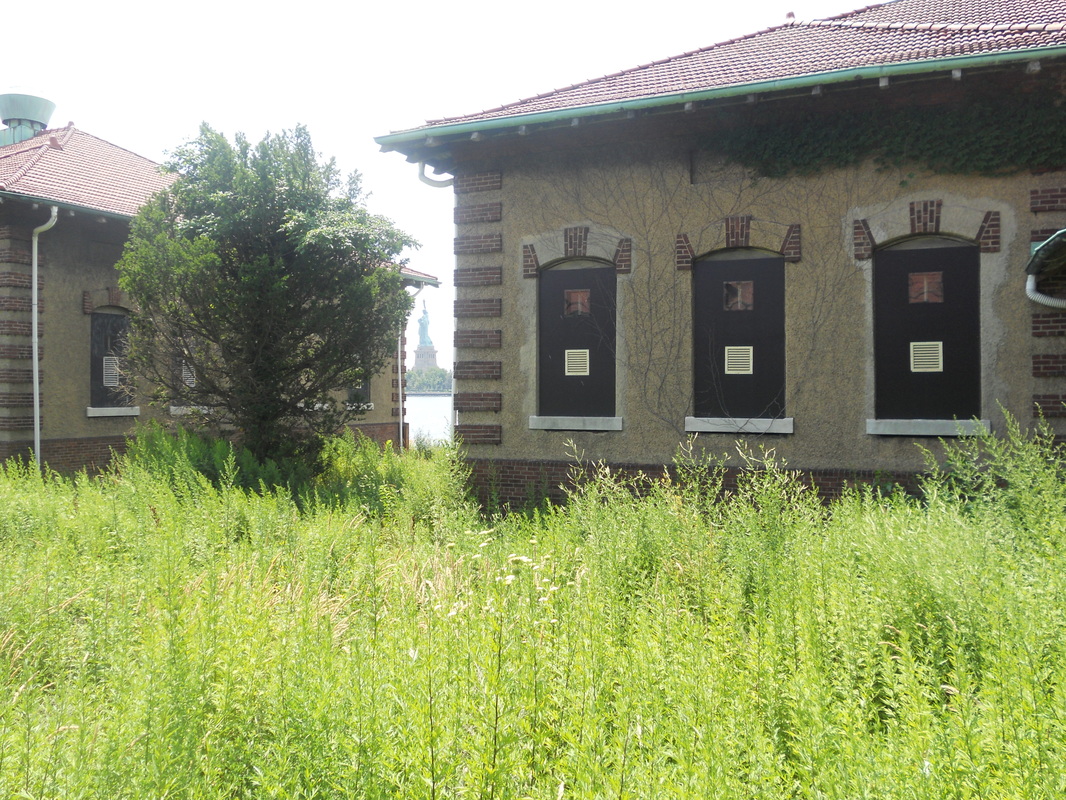
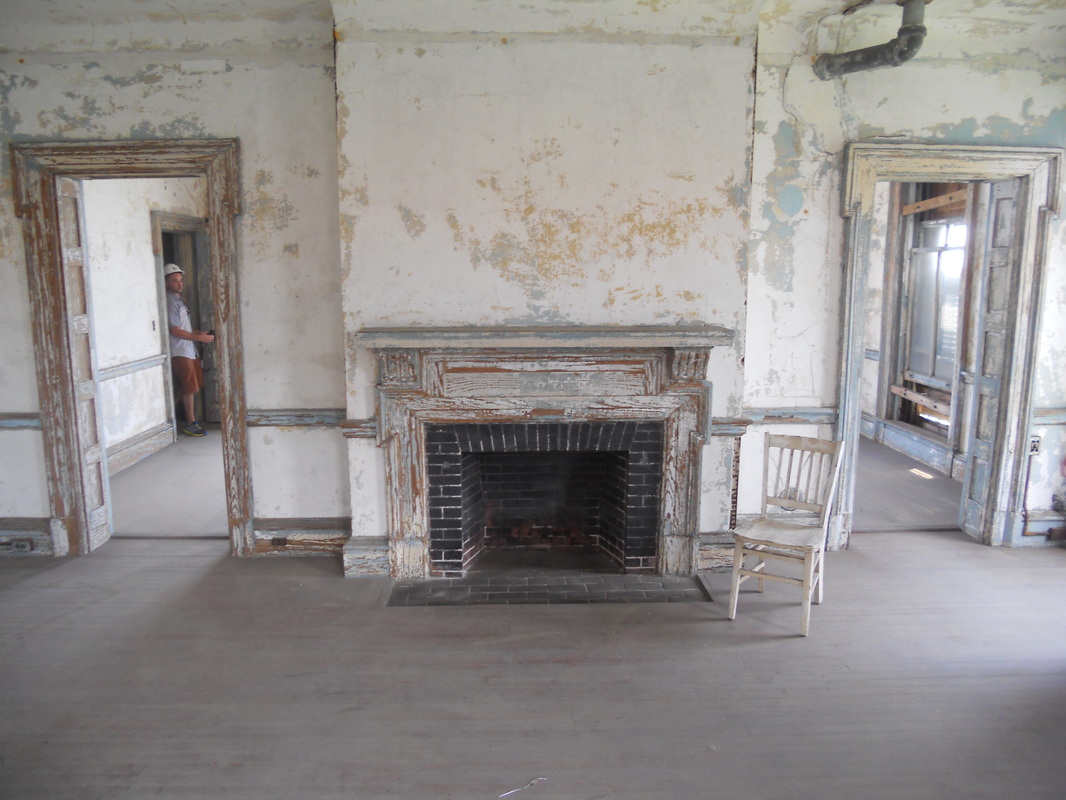
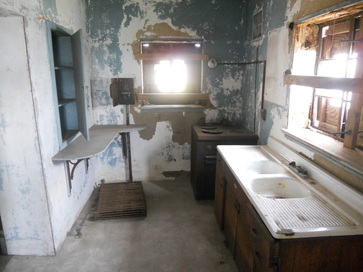
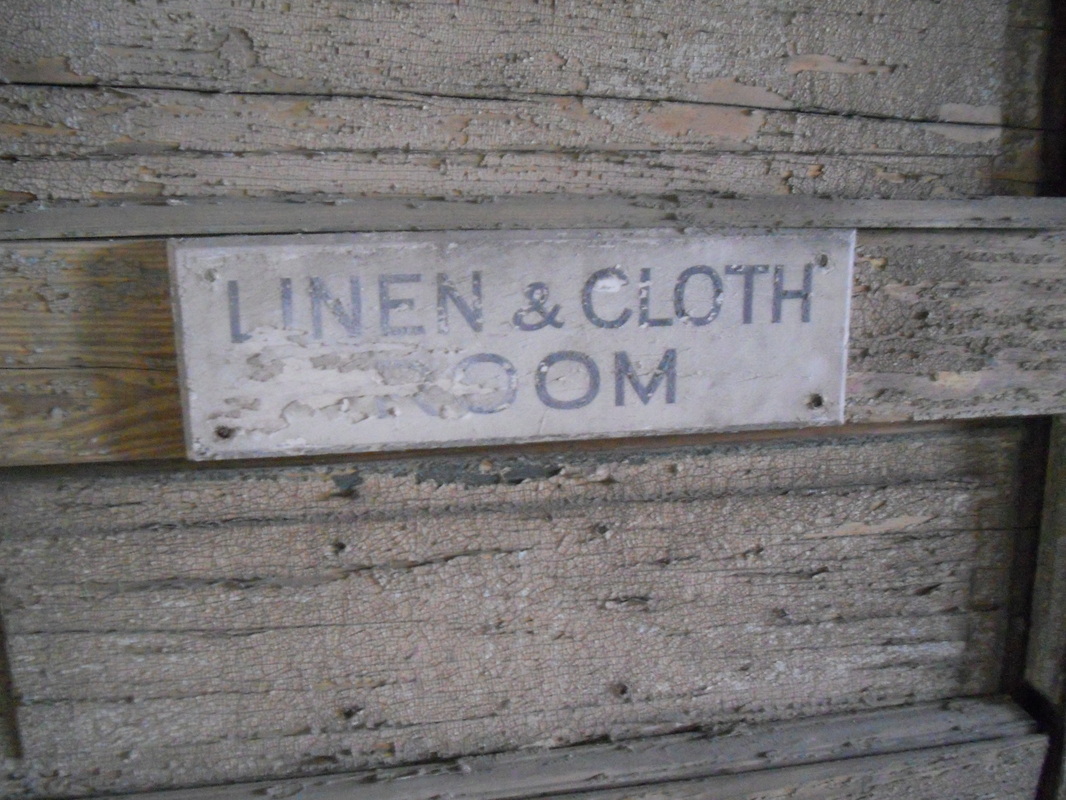
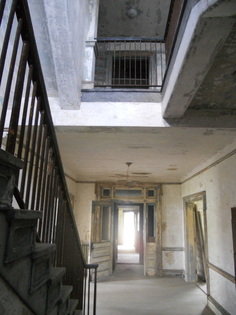
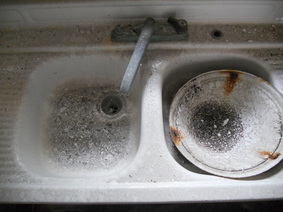
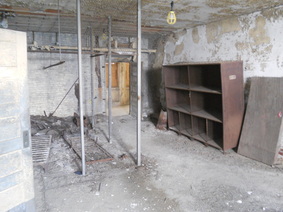
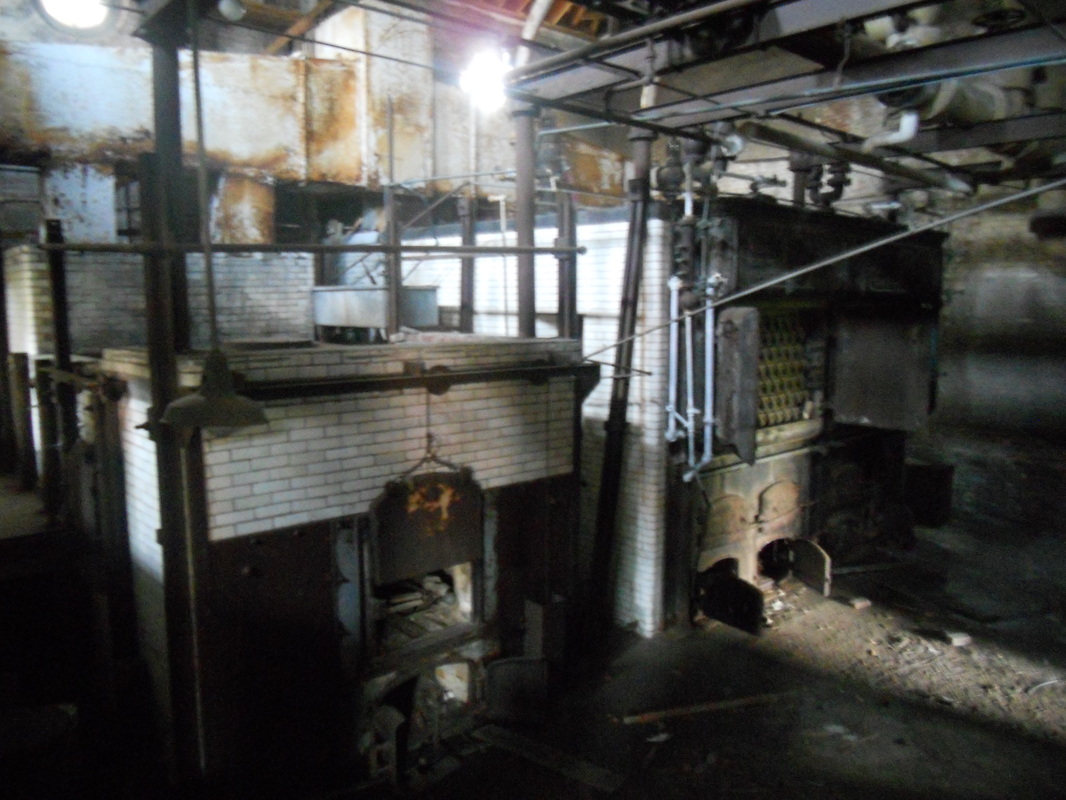
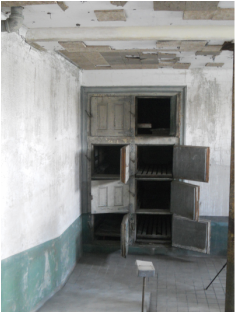
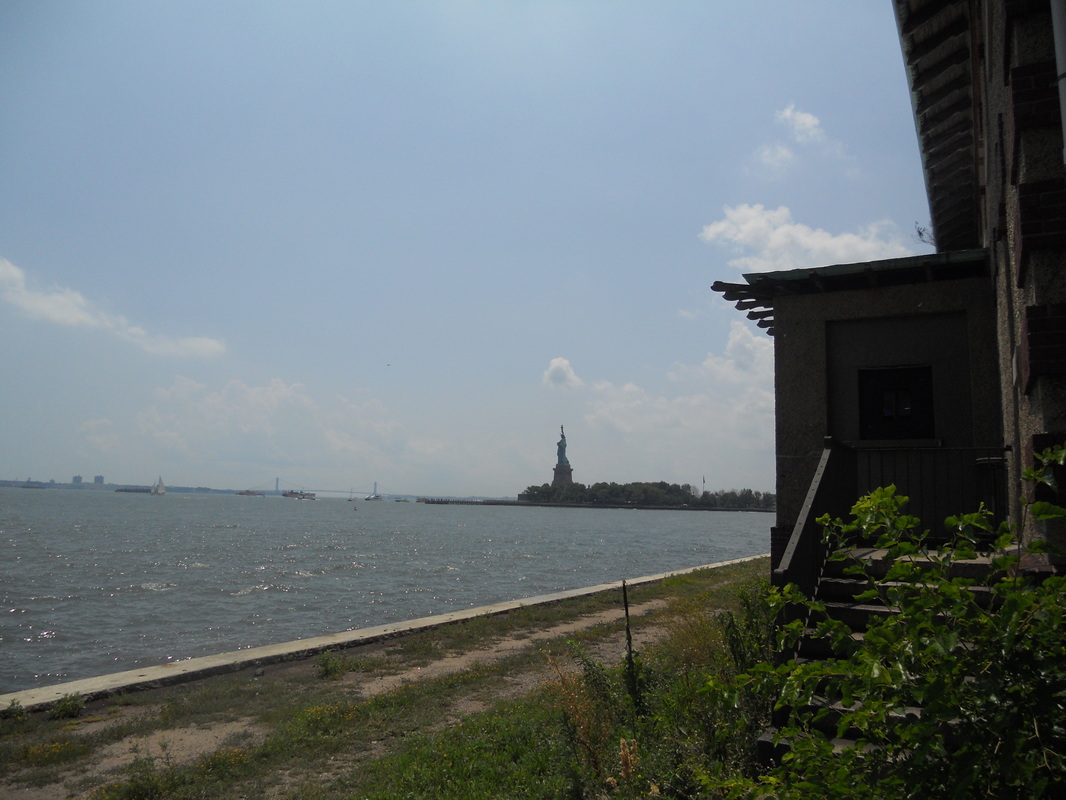
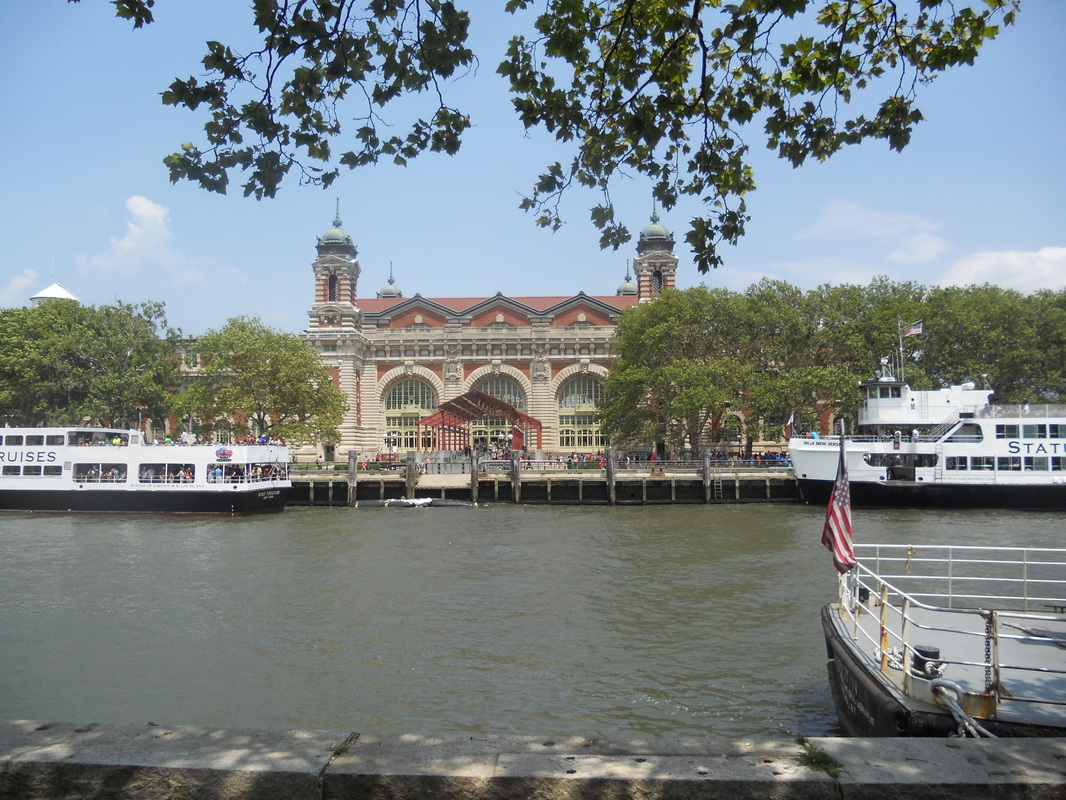
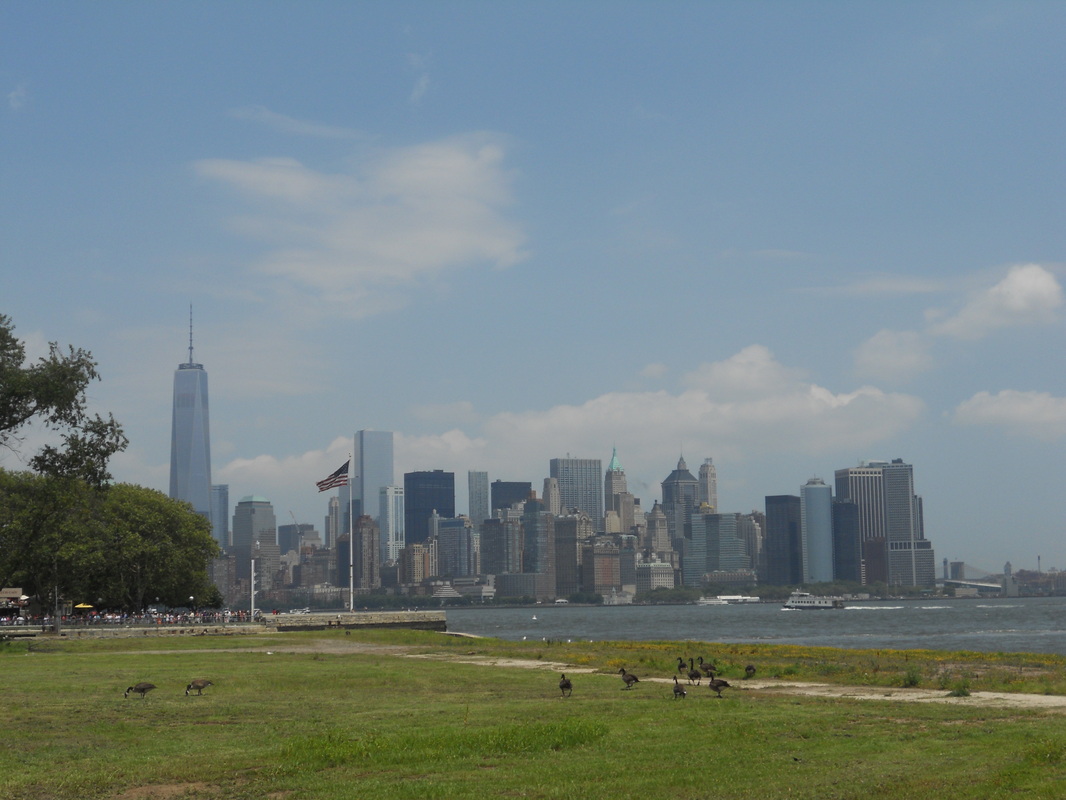
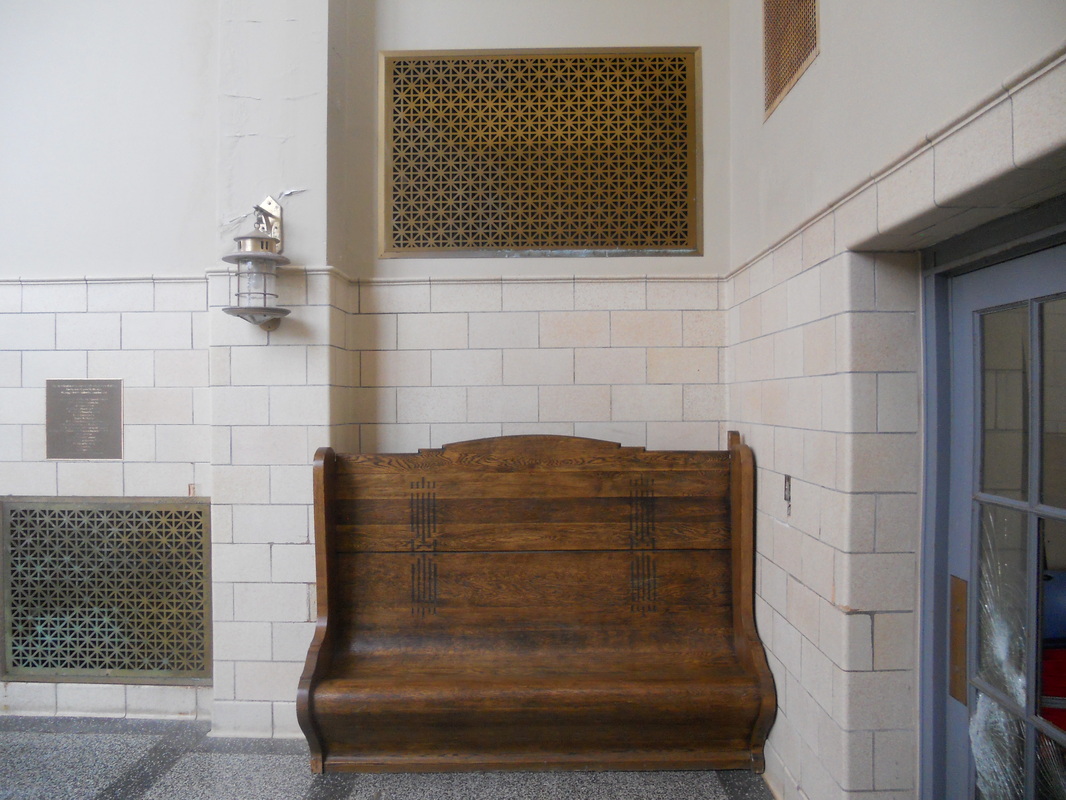
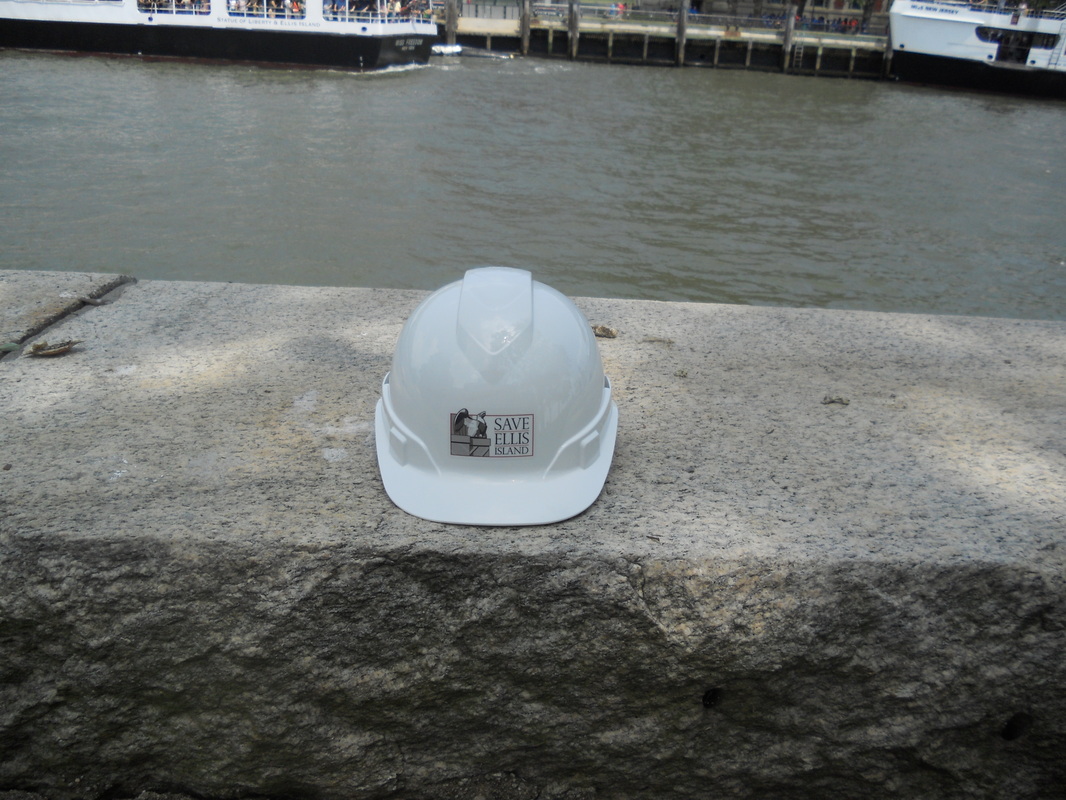


 RSS Feed
RSS Feed

